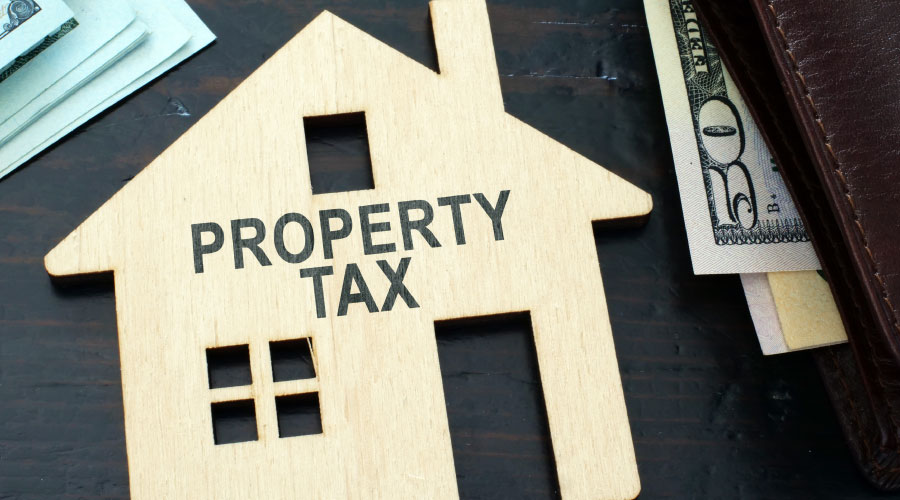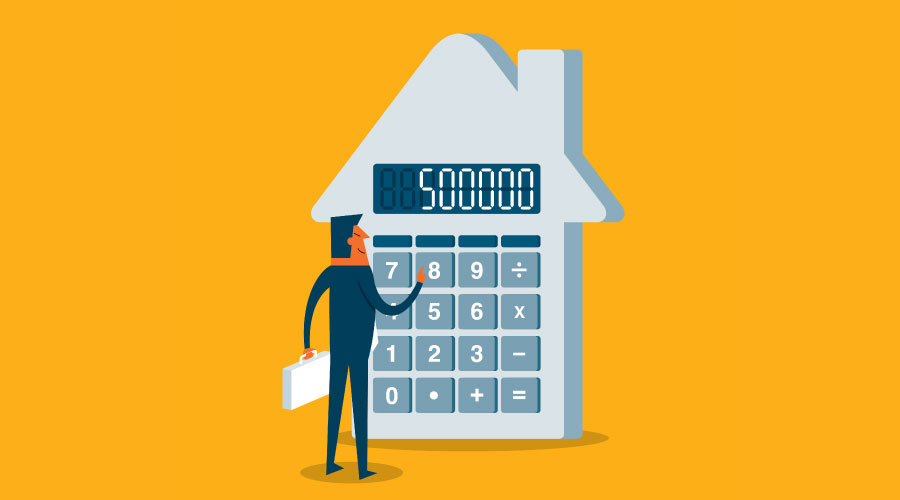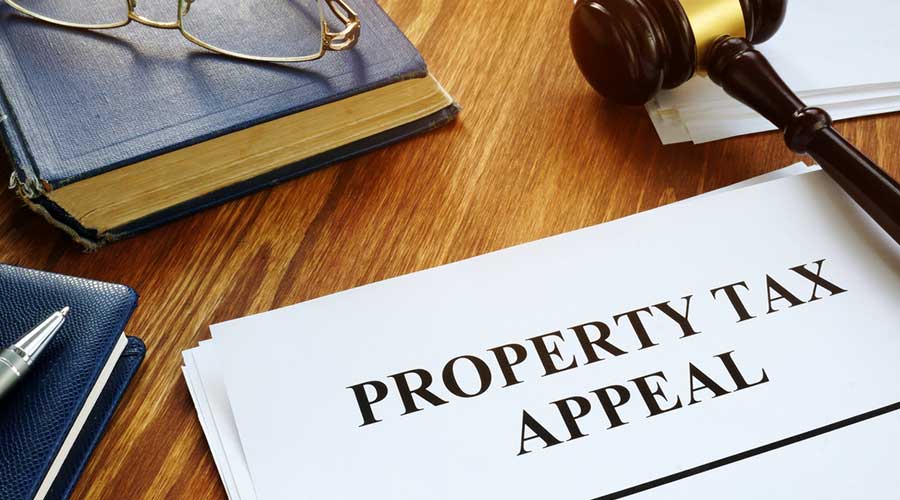The purchaser of an apartment building Clermont County and his counsel are learning the lessons of real property taxes — and the ways to handle tax prorations — the hard way. Because neither the seller nor his attorney thought through the transaction carefully, the purchaser (a) lost $682,000 in tax proration negotiations and (b) has suffered what appears to be an entirely unnecessary increase in the same amount in his annual real estate taxes, essentially forever.
How can outcomes between savvy and clumsy real estate transactional work vary so dramatically?
Underlying facts
On December 28, 2021, RS Fairways, LLC closed on the purchase of Fairways at Royal Oaks, an apartment complex in Pierce Township on Clermont County for $32,600,000. The Auditor’s valuation at the time of the sale was $6,622,000. The difference between the sale price and the Auditor’s valuation was $25,977,700, a whopping 500% increase.
Following the sale, our former Associate, Brian Shrive — who now heads the civil division of the Clermont County Prosecutor’s office — on behalf of the Prosecutor, saw the conveyance fee form filed with the deed reporting the whopping sale price-compared-to-Auditor’s-valuation and filed \a Board of Revision Complaint to increase the valuation — retroactively to January 1, 2021 — to the sales price.
Almost inexorably, the Board of Revision would have so increased the value, so the owner, the Prosecutor and the School Board later entered into a Stipulation as to the new valuation at $32,600,000.
Tax proration language
As we have written about here (just one month before this buyer closed; he should have read our blog!), standard tax proration language in use in the Cincinnati area calls for a tax proration to be based upon the most recent available tax duplicate. Since the Auditor and School Board will not know about the sale until after the deed is recorded, current taxes can’t possibly be based upon the sale price. Here, the Auditor obviously had a grossly outdated and inaccurate valuation.
In other words, standard and customary contract language in use in greater Cincinnati simply does not adequately protect the purchaser in a situation where it is paying much higher than the Auditor’s present valuation.
The Contract in question provided:
If the 2021 tax bill is not available as of the Closing Date, then the proration described in clause (b) above shall be based on the 2020 tax bill for the property.
Why do we prorate taxes in Ohio? Taxes in Ohio are paid “six months in arrears at the end of the period.” What does that mean?
It means that the first half 2021 tax bill is issued in January of 2022 and the second half 2021 tax bill is issued in July of 2022. Therefore as of the date of closing (here, the end of December 2021), the seller owned the property for all of 2021, but hadn’t paid the taxes for 2021. Therefore, at closing (under local contract form and custom) the seller prorates to the buyer the taxes for the period it had owned the property, but at existing tax and valuation rates.
The dual problems are: (i) if there is a change in the tax rate for 2021 (such as with the passage of a school or other levy), the proration will be wrong as to the 2021 rate and (b) if there is a change in the tax valuation in the normal triennial cycle, the valuation (and thus the taxes) will change, and, here’s the kicker, (c) well after the closing, a school board or the County Prosecutor have the right to ask the Board of Revision to retroactively, back to the beginning of the prior tax year, change the valuation to a reported sales price.
And, as Casey Jones of our office blogged here, a recent arm’s length sale is uncontestably the valuation for tax purposes.
Thus, under the law, a purchaser is liable for taxes calculated at the tax amount for the taxes for the periods from the date prior to the sale (based upon the next tax bill to be issued) and into the future. And this new tax rate calculates in “unknowns” at the time of the closing, which are a change in rate and a change in valuation. Both of these can be both assessed, and as to the valuation, can be contested and litigated, well after the sale, but the retroactive liability for those taxes falls on the new property owner.
“Forever” increase in taxes
The tax proration flub — a $682,000 mistake — was bad enough, but worse is that the reported sale will result in a new baseline valuation for future taxes of $32,600,000 for a property that previously was valued and taxed at just $6.2 million. Every three years the County will start with the $32 million number and make (likely) increases from there, so this owner will have $700,000 in higher taxes (than likely he anticipated) forever.
Could the massive increase have been prevented?
Two fairly sophisticated legal techniques could have been employed by this purchaser to avoid these massive “surprise” tax bills. One would have spared them the cost of the under-proration, and the second could have resulted in a permanent savings — tens of millions to the purchaser’s bottom line. They employed neither.
First, when a purchaser pays an amount significantly above Auditor’s valuation for property (this is a simple task of comparing the sale price to Auditor’s valuation [a quick on-line check]) before the contract is negotiated and signed, a purchaser will want the tax proration language to include a re-proration after the final taxes for the year prorated are known. [By the way, when we get into an environment of declining values, the inverse rules as to tax proration can apply — the purchaser will have an advantage in the proration process — an over-proration — if the contract language is not modified.]
Second, a technique is available in Ohio (but not Kentucky) to have the seller first transfer the property into an LLC that he owns exclusively (by deed, but with an “exempt conveyance fee form,” so that no sales price is reported) and then, at the closing between seller and purchaser, the seller transfers his interest in the LLC to the purchaser — and thus there is no recorded deed. These transfers are referred to as “drop and swaps” or “entity transfers.” In this situation — with some possible exceptions, the Auditor and school board are not put on notice of the sale or the sale price, and thus the increase in value could slip by unnoticed.
Here, the purchaser employed neither technique resulting in a bad proration and “forever” tax liability.
Ensuing litigation
Despite terrible tax proration language that we see as “fatal” to the purchaser’s claims (see above, they agreed to base the proration on the 2020 tax bill, period), the purchaser has sued the seller for a re-proration based upon the post-closing tax “surprise.” Good luck with that. See the Complaint here.
Conclusion
Smart advance legal planning by a purchaser or seller can dramatically change the outcome as to taxes in a real estate transaction. Contact Isaac T. Heintz (513.943.6654) or Eli Krafte-Jacobs (513-797-2853) for assistance on your real estate transactions to avoid these disastrous outcomes.









